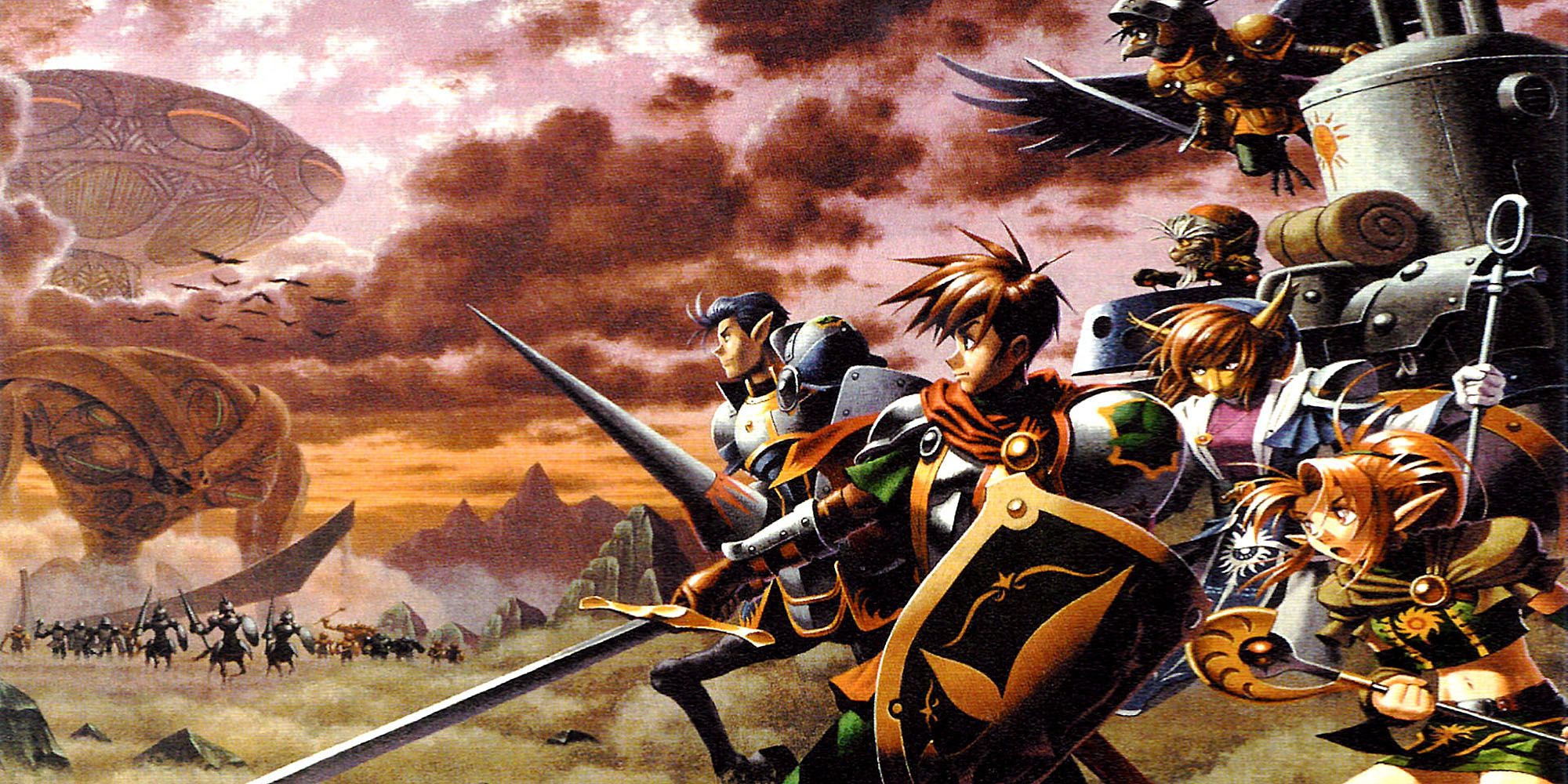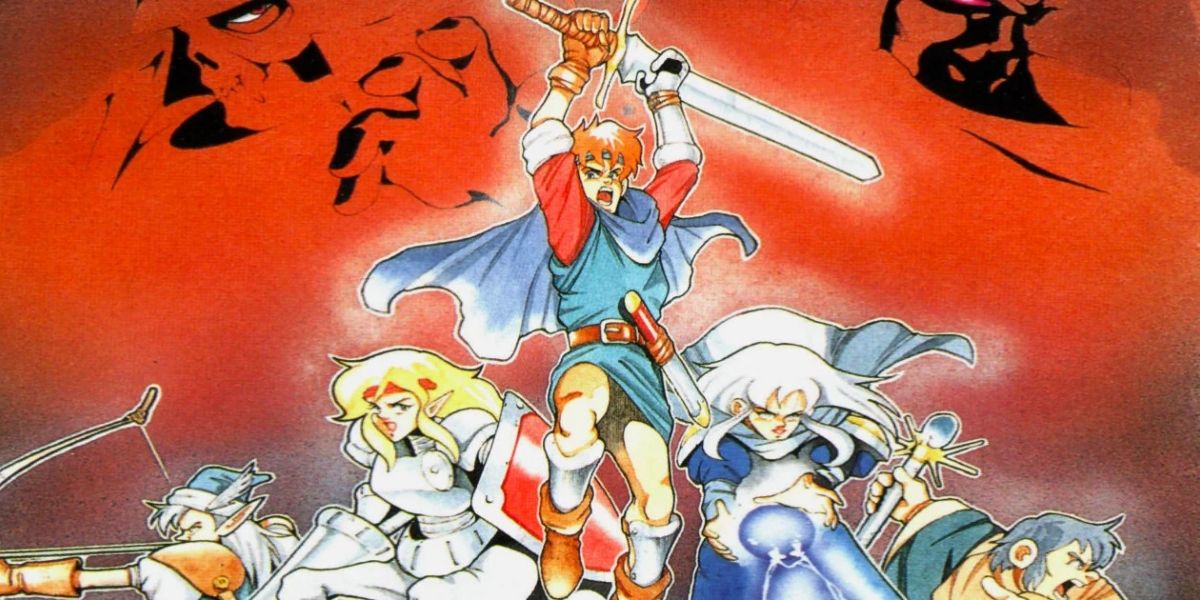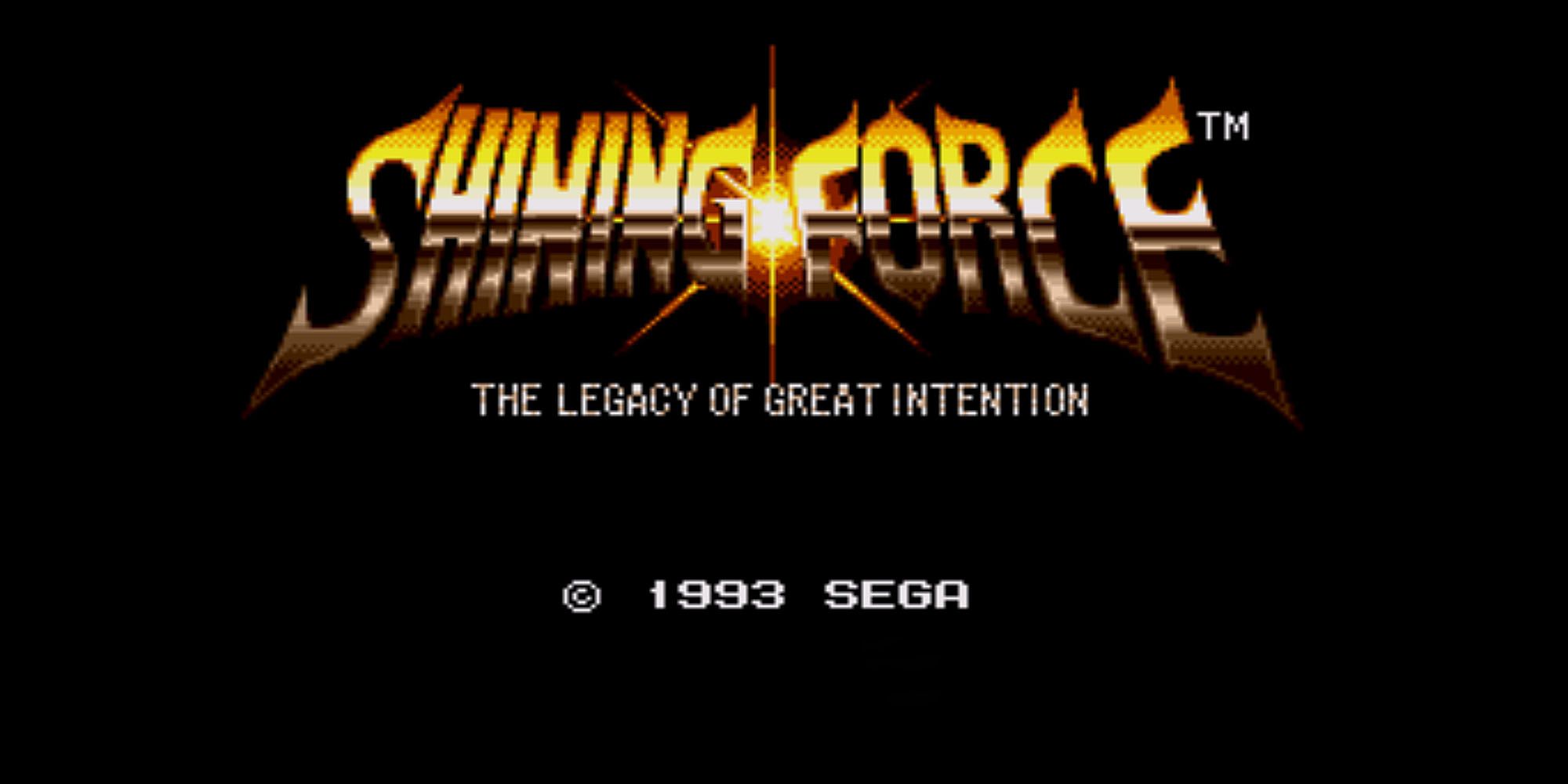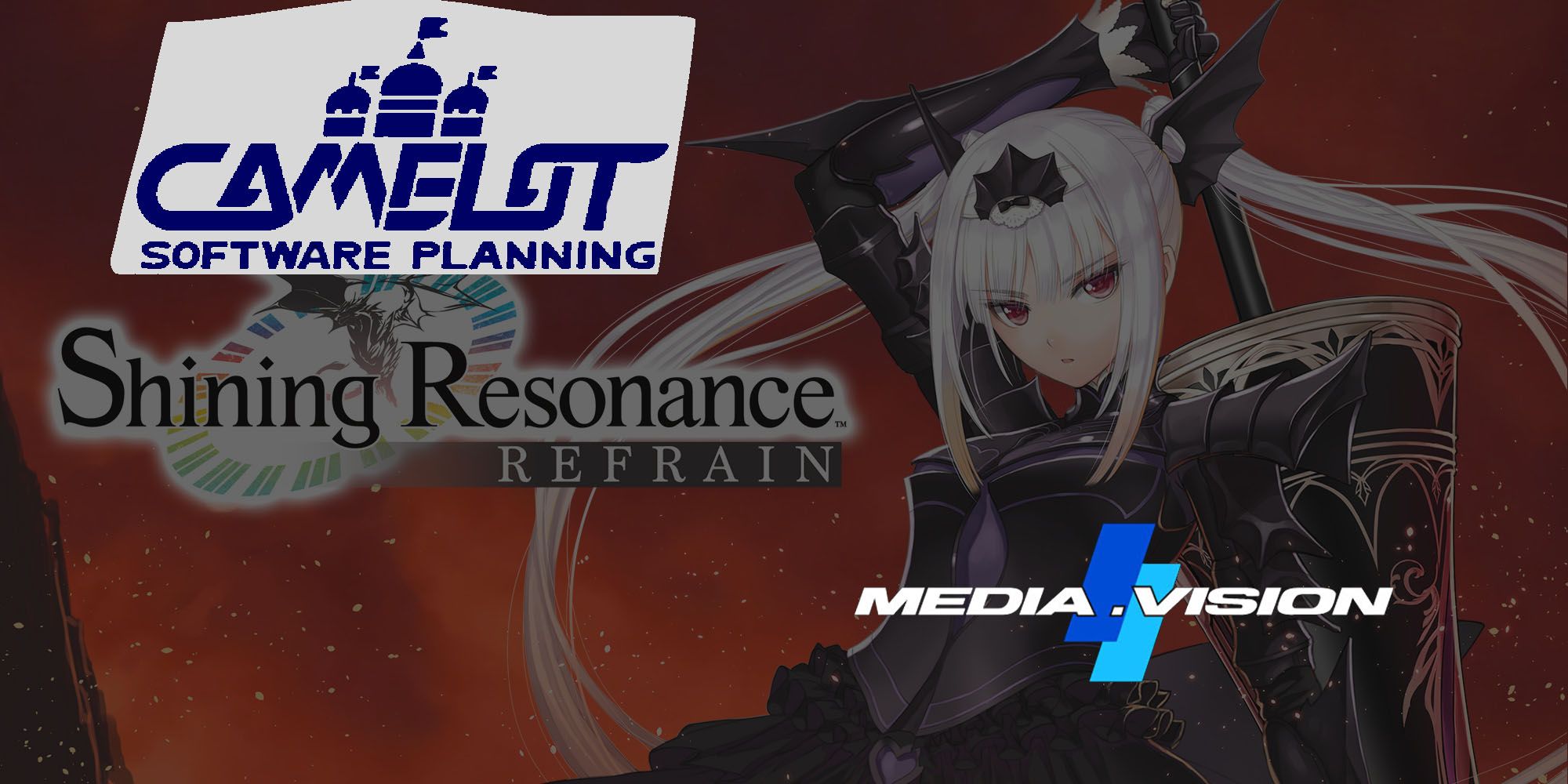In recent years, Tactical RPGs (TRPG) have been making a comeback with new games in the genre releasing every year. They change up the traditional RPG style by adding strategic battles for players to navigate, as well as a variety of mechanics unique to the title or series. While tactical games have long been popular in Japan, it wasn't long ago that the audience for these games internationally was quite small. Ongoing classic series like Fire Emblem and Valkyria Chronicles have helped popularize the TRPG genre with gamers all over the world. But there's one series that, for various reasons, hasn't yet benefited from the resurgence of TRPGs, and it absolutely deserves the spotlight: Shining Force.
Shining Force released on the Famicom in 1991, one year after the first Fire Emblem game. However, despite these similarities in origin, the Fire Emblem series has released nine games internationally out of a total of 13, while the Shining series has only sent five of its 11 games outside of Japan. Most recently, the Fire Emblem series garnered a lot of success with Three Houses. It's also far from the only TRPG series to succeed in recent years. But while the Shining franchise has released games in Japan recently, it’s been years since it embraced its original tactical style.
Outside of the mainstream, indie TRPGs have also found success with games like WarGroove and The Banner Saga. WarGroove follows in the footsteps of GBA era tactical games like Advance Wars. It even goes so far as to follow the retro style, something many indie games do as a tribute to the older games from which they take inspiration. The Banner Saga is a trilogy that has similarities to Shining Force and was partially inspired by it. While neither is as popular as established series in the genre, these games both received good reviews and ratings.
When most people talk about the Shining Force games outside of Japan, they’re usually referencing Shining Force I and II. These games are very accessible in terms of how they play. Like many TRPGs, there are terrain effects, different unit movement and attacks and classes. Each character, including the player, has a set class which can be upgraded at certain levels. This system is a bit strange, however, as a class change means starting at level one for that class, which isn't always better. This could be remedied in a new game by including branching options when changing classes the way Trials of Mana does.
The ability to explore areas could also add uniqueness to a new Shining Force game, as many TRPG don't include this feature. Players could visit towns, talk to NPCs and walk around the battlefield once all enemies were defeated to find treasure. Combining this traditional RPG aspect with simple strategy combat would add a new level of game play in a modern games.
Another way Shining Force differs in the genre is the team composition. Players don’t train, purchase or hire additional units to fight. Instead, the team is only made up of characters encountered along the way. They may not have had intricate stories, but because they were unique, players grew attached to them.
The last tactical Shining game, Shining Blade, used a relationship system similar to Valkyria Chronicles. Characters would develop relationships depending on event choices, and this could be expanded by adding side quests connected to the potential world exploration aspect in a new title. Today's RPGs have intricate lore, better written characters and stronger storylines, something else a new Shining Force could benefit from.
There have been new Shining games, but they haven't been TRPGs. The last tactics-based one was Shining Blade in 2012, and it was only released in Japan on the PlayStation Portable. While there have been remakes of the original games, these were mostly Japan only, and some are stuck on older systems. The newest Shining titles, Blade Arcus from Shining and Shining Resonance, received mediocre ratings, and most of the recent games in the franchise have been action RPGs instead of tactical ones. This is mainly because Sega has passed the franchise through a variety of developers.
Currently, the Shining series is in the hands of two developers: Studio Saizensen and Media.Vision. Saizensen made (and is remaking) Blade Arcus, while Media.Vision created Shining Resonance alongside a few others. Interestingly, Media.Vision are the developers behind recent Valkyria Chronicles titles and also developed Shining Blade. This last Shining TRPG was received relatively well but was heavily influenced by the other franchise. For example, it used Valkyria Chronicles exclusive ‘Battle of Live Tactical Zones’ (BLiTZ) combat system rather than sticking to Shining Force’s simplicity.
If the Shining series does come back as a TRPG, a new game should come from the original developers of the series, Camelot Software Planning. It made the Shining Force games the series is known for, plus most of the well-received tactical titles from 1991 to 1998. However, a dispute with Sega over Sega's decision to abandon the Saturn in favor of the Dreamcast led to the two parting ways after Shining Force III.
There is a glimmer of hope for fans hoping to see Camelot return to the Shining Force series. In 2017, Camelot’s President Hiroyuki Takahashi said at a conference that he would be interested in making Shining Force 4. With other TRPG series making comebacks and the genre’s current popularity, now is the right time for such a game to come out.




